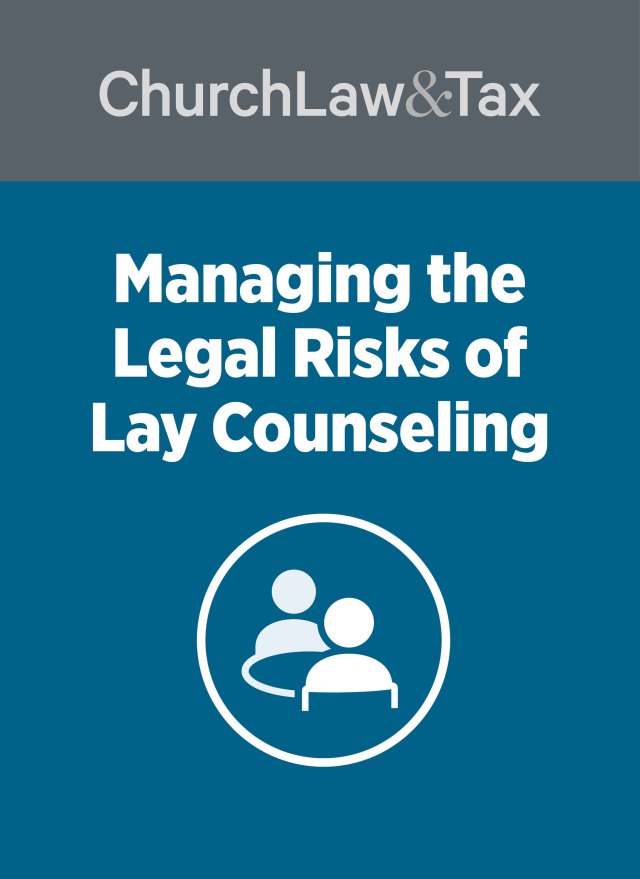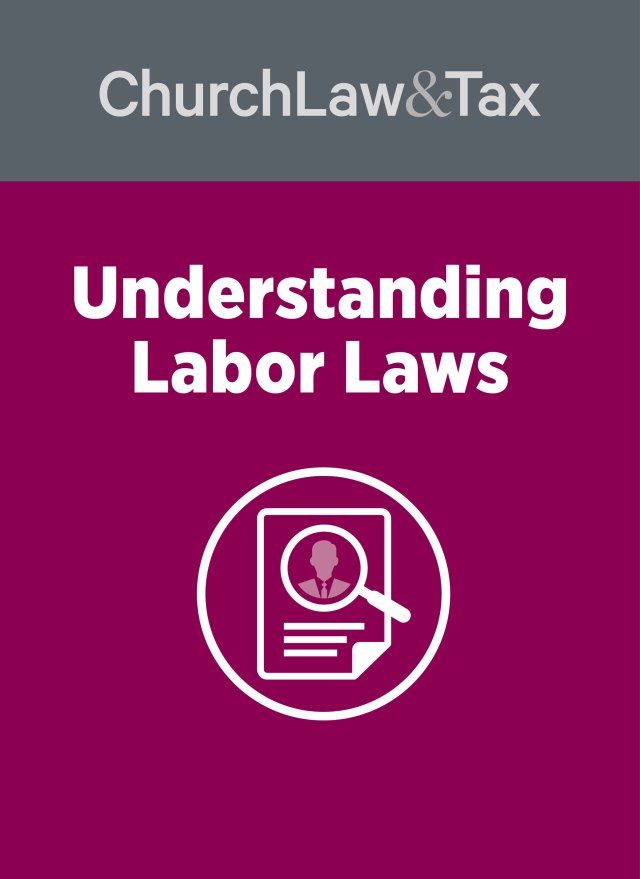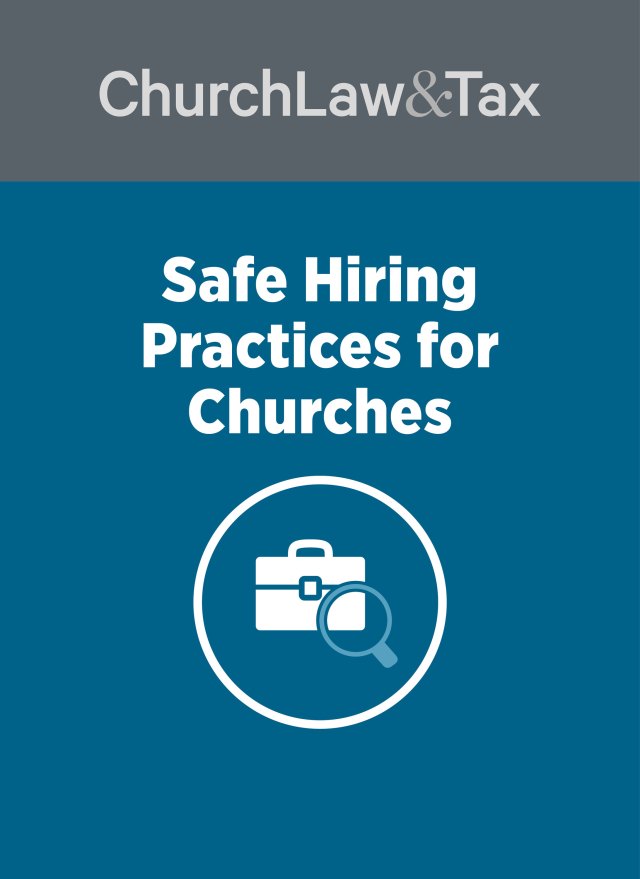• Key point. Employers are liable for the negligence and misconduct of their employees committed within the scope of their employment under the respondeat superior doctrine. In most cases, sexual misconduct by clergy and other church employees will not be deemed to be within the scope of their employment. A few courts have reached the opposite conclusion.
A Connecticut court ruled that a religious order could be sued on the basis of respondeat superior for the sexual misconduct of a priest. A Catholic priest ordained by a religious order was also a practicing psychologist. Because of his vow of poverty, he gave all of the profits from his psychology practice to his religious order. In 1988, he was assigned weekly priestly duties at a local parish. Later that year a woman (the “plaintiff”) sought out the priest because of her emotional and marital problems. She contacted him because of his joint status as a psychologist and a Roman Catholic priest associated with her parish. The priest provided the plaintiff with a combination of pastoral, spiritual and psychological counseling. A few months after the counseling began, the priest and plaintiff began a sexual relationship, with sexual contact taking place during the counseling sessions. The priest continued to bill the plaintiff and her insurance company for these counseling sessions in which sexual contact occurred. Sexual contact also occurred at church retreats, sponsored and run by the religious order, where the priest was serving as retreat faculty. The sexual relations continued for nearly two and one—half years. A year after the relationship ended, the plaintiff sued the religious order claiming that it was responsible for the priest’s misconduct on the basis of “respondeat superior.” Respondeat superior is a legal principle that makes an employer legally responsible for the acts of employees committed within the scope of their employment. The religious order insisted that it could not be liable for the priest’s acts since they were clearly not in the scope of his employment. A trial court ruled in favor of the religious order, and the plaintiff appealed.
A state appeals court began its opinion by noting that negligent or even prohibited efforts to accomplish the employer’s business fall within the scope of employment and therefore can trigger liability based on respondeat superior. Only when the employee’s behavior amounts to an “abandonment” of the employer’s business is there no liability under respondeat superior. The court continued:
When the servant is doing or attempting to do the very thing which he was directed to do, the master is liable, though the servant’s method of doing it be wholly unauthorized or forbidden. If the servant’s disobedience of instructions will exonerate the master, the proof, easily made, virtually does away with the maxim of respondeat superior …. That the servant disobeyed the orders of the master is never a sufficient defense. It must be shown further that he ceased to act for the master and in the course of his employment.
The court noted that the priest’s sexual exploitation of the plaintiff occurred during church sanctioned pastoral—psychological counseling sessions and while he participated at church retreats. As a result, it was conceivable that the priest’s sexual relationship with the plaintiff was “a misguided attempt at pastoral—psychological counseling,” or even an “extreme and clearly unauthorized method of spiritually and emotionally counseling” the plaintiff, but not necessarily an abandonment of church business. It was therefore inappropriate for the trial court to dismiss the lawsuit.
A dissenting judge disagreed with the court’s conclusion. He rejected the court’s conclusion that the priest’s sexual relationship with the plaintiff could fall within the scope of his employment. In support of his position the dissenting judge pointed to the following facts: (1) The plaintiff admitted that during all of her relationship with the priest, she understood that it was clearly outside the scope of any Catholic priest’s employment to engage in sexual relations with anyone. (2) On several occasions the priest and the plaintiff had discussions about their getting married and his having to make a decision to leave the priesthood in order to marry her. (3) The plaintiff acknowledged that she and the priest engaged in sexual intercourse on several occasions when she invited him into her home. She acknowledged her active role in their romantic relationship. (4) At all times, the laws and standards of the Roman Catholic Church, as well as each priest’s personal commitment to celibacy, have expressly prohibited priests from engaging in any sexual activity of any kind and from seeking or maintaining any personally intimate relationship or marital relationship with any woman. (5) All sexual activity or intimate relationship which any priest may have maintained with any woman would have been clearly outside the scope of any employment. The dissenting judge concluded that
these additional facts and admissions by the plaintiff … present a more complete factual picture of the situation and cast doubt on the [court’s] characterization of the parties’ long—standing intimate relationship as merely an extreme and clearly unauthorized method of spiritually and emotionally counseling the plaintiff and thereby furthering the church’s business …. The full factual context represents a vivid picture of an unrelated, independent, intimate, romantic relationship that both parties recognized was far beyond the permissible scope of [the] priestly role. The fact that the parties may have met, and the relationship may have commenced, in the course of counseling is not sufficient to activate the doctrine of respondeat superior with respect to the [religious order] from which [the priest] concealed his impermissible relationship. Under these facts, [the priest’s] action in conducting this relationship with the plaintiff represented a complete departure from his responsibilities to the [order]. His long—standing, independent relationship with the plaintiff in no way furthered the interests of his employers.
The dissenting judge concluded by quoting from a federal appeals court decision refusing to find a Catholic diocese liable on the basis of respondeat superior for the sexual misconduct of a priest: “It would be hard to imagine a more difficult argument than that [the priest’s] illicit sexual pursuits were somehow related to his duties as a priest or that they in any way furthered the interests of … his employer.” Tichenor v. Roman Catholic Church of Archdiocese of New Orleans, 32 F.3d 953 (5th Cir.1994).
Application. The vast majority of courts that have addressed the issue have refused to find churches and other religious organizations liable for the sexual misconduct of clergy on the basis of respondeat superior. This case represents a rare exception to the general rule. The courts are far more likely to find churches liable for the sexual misconduct of clergy on the basis of negligence. Negligence, however, requires proof that the church acted carelessly in hiring, supervising, or retaining a minister. There is no such requirement to find a church or other employer liable on the basis of respondeat superior. The only question is whether or not the employee’s misconduct occurred within the scope of his or her employment. In this sense it is much easier to impute liability to an employer on the basis of respondeat superior than on the basis of negligence. This makes any attempt by the civil courts to expand the application of respondeat superior a legitimate concern. If more courts reach the same conclusion as this case, then the message is clear-churches will have to take even more aggressive measures to reduce the risk of sexual misconduct. This is true now, in Connecticut and in any other state that reaches the same conclusion as the court in this case. Mullen v. Horton, 700 A.2d 1377 (Conn. App. 1997). [Negligence as a Basis for Liability, Denomina tional Liability]
© Copyright 1998 by Church Law & Tax Report. All rights reserved. This publication is designed to provide accurate and authoritative information in regard to the subject matter covered. It is provided with the understanding that the publisher is not engaged in rendering legal, accounting, or other professional service. If legal advice or other expert assistance is required, the services of a competent professional person should be sought. Church Law & Tax Report, PO Box 1098, Matthews, NC 28106. Reference Code: m40 m67 c0398




